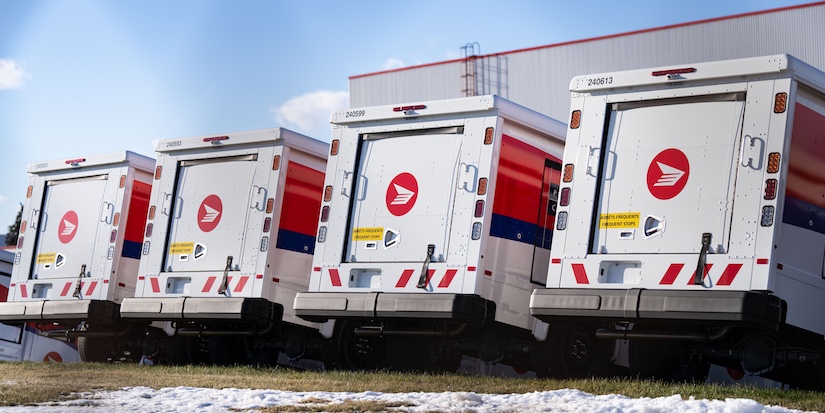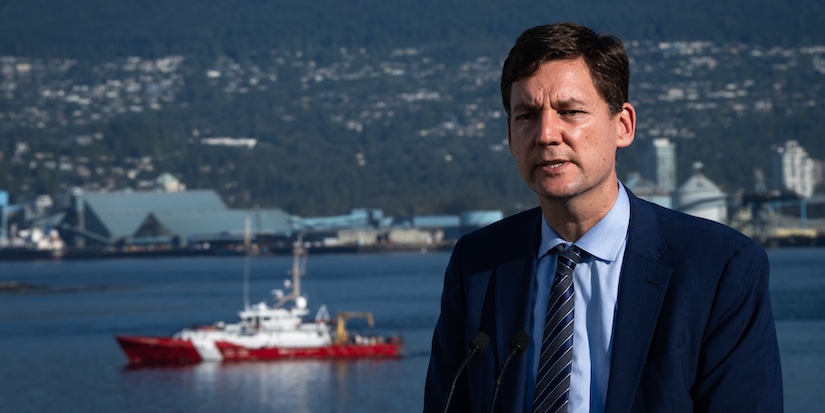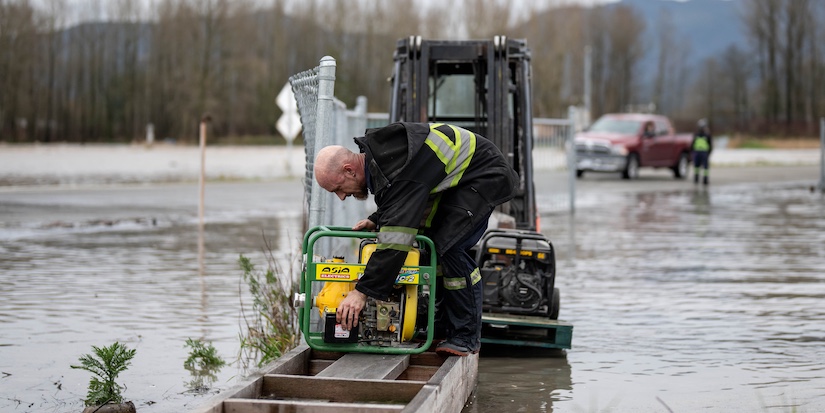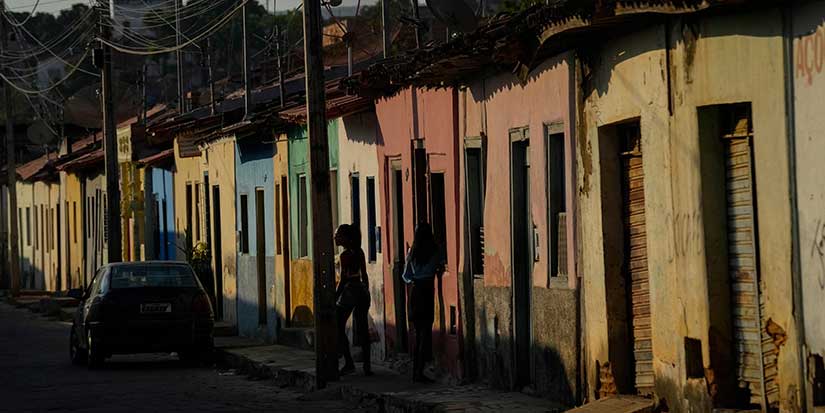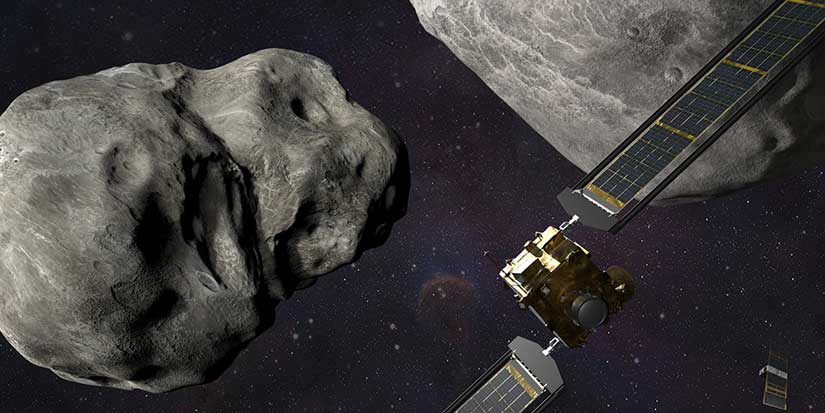Business
Mayor prefers tunnel option for Massey crossing
—
Tunnel or bridge. The question persists.
Following an information session on the future of the George Massey crossing Wednesday in Richmond, Mayor Malcolm Brodie said he is “convinced from an operational point of view the tunnel option would give us all the advantages we are looking for, and would move us well into the future.”
Richmond city councillors Carol Day and Harold Steves were also among the more than 100 people who attended the public session, hosted by the Ministry of Transportation and Infrastructure. The ministry introduced plans for the first phase of the crossing project, which will help alleviate congestion on either side of the existing Deas Island Tunnel.
The open house session also provided opportunities for further public feedback, noted Lina Halwani, Director of Planning and South Coast Region Major Project Lead.
She said ongoing engagement with Indigenous communities, as well as task force recommendations and further technical work, will all be considered by the ministry before a final decision on the preferred option is made in the coming months. The hope is to have the business case completed by this fall.
“Once the business case is completed, we are going to seek funding partners, and then an environmental process would start,” Halwani said.
It could take up two years to complete an environmental assessment for a bridge crossing and up to three years for a tunnel. Once funding is secured, an additional five years will be needed for the construction phase.
Halwani said a lot of technical work and traffic modelling has been done for either a bridge or tunnel. The conclusion is that either option would meet the demands of the future.
Either a proposed bridge or tunnel would have eight lanes, with six for general traffic and two reserved for transit—one in each direction. Incorporating pedestrian and cycling facilities has also been supported.
Key considerations for either option include:
Immersed Tube Tunnel Concept
• separated and covered multi-use pathways
• similar grade as bridge
• low property impact
• improved connectivity within Deas Island Regional Park
• in-river impacts during construction
• potential for in-river habitat enhancement
• ventilation system designed to modern standards
• emergency systems designed to modern standards, including fire detection, response and communications
• shorter crossing, compared to bridge
• comparable cost to bridge
Long-span Bridge Concept
• separated multi-use pathways
• similar grade as tunnel
• land-side property impacts, including Deas Island Regional Park
• no piers in the Fraser River, however piers required in Deas Slough
• long-term noise, light, visual and shading effects
• local construction expertise
• longer crossing, compared to a tunnel
• comparable cost to immersed tube tunnel




















